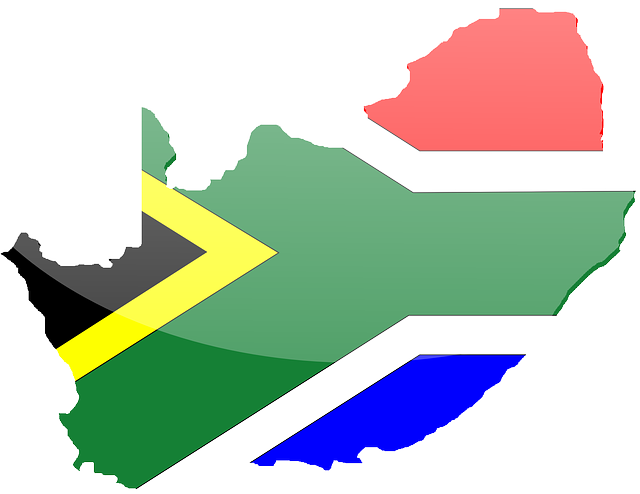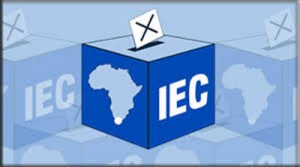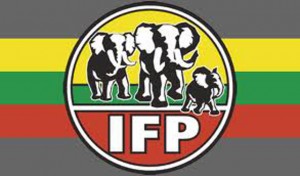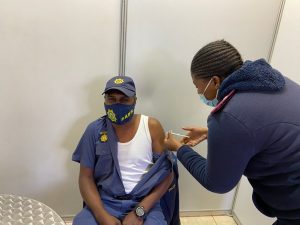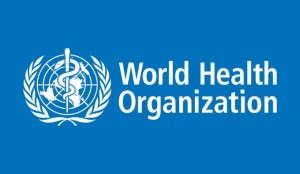Johannesburh – 12 February 2016 – Global GDP will only grow by 2.8% in 2016 and not reach 3% until 2017 claims Euler Hermes, the worldwide leader in trade credit insurance. In its latest Economic Outlook report, titled “The seven dwarfs of global growth“, the company’s economic research department explored and analyzed trends in trade, consumption, investment and other drivers of GDP growth in 2016.
“The good news is that private investment is finally reawakening in advanced economies and could support growth,” said Ludovic Subran, chief economist at Euler Hermes. “In Europe, rising turnovers, improving corporate profitability, a lower cost of capital and accumulated war chests could push positive surprises. In the US, the drop in oil and gas industry investment is hard to offset by non-energy sectors. However, after declining by -5% in 2015, business insolvencies are expected to increase by +1% globally this year, the first increase since 2009.”
The report emphasizes the growing divergence between emerging markets and advanced economies. The limited pickup in advanced economies (+2.1%) contrasts with emerging markets’ growth bottoming-out at +4% over the next 12 months. Recession-hit countries such as Russia and Brazil will continue to contract, but less severely. Other emerging markets will continue to experience below-trend growth, especially those exposed to China, US Fed rate hikes and commodity prices.
Euler Hermes has identified seven factors that will shape a limited – and still risky – improvement for the world economy in the coming months.
- Sleepy trade: Euler Hermes expects world trade to grow +0.9% in value in 2016 and +3.7% in volume, compared to +6% each year between 2000 and 2010. After the first contraction in value since 2009 – global trade contracted by -9% in 2015 on the back of lower commodity prices and currency carnage — trade is undergoing significant structural adjustments:
(i) value chains are shortening as technology and rising wages erode comparative advantages of Asian and Central European factory countries; and
(ii) China’s rebalancing from industry to services reduces sales opportunities for primary and intermediate goods suppliers.
- Grumpy emerging markets: 2015 was a very tough year for emerging markets and some countries will remain highly vulnerable to economic shocks and market volatility in 2016. The BRuNTS (Brazil, Russia, Nigeria, Turkey, South Africa) continue to face a slew of challenges, including tightening external financial conditions, currency depreciation, and difficult policy-making. Causes include persistently low revenues from commodity prices, the Chinese slowdown and a less supportive US monetary policy. They also suffer from their own internal pressures of inflation, domestic demand run-off and socio-political tensions.
- Timid commodity prices: Oil prices will remain low for an extended period of time, creating a strong tailwind for net oil importing countries while continuing to hurt net oil exporters. Even if Brent prices stabilize at record low levels, the problem is the duration of the counter-oil shock, questioning the business model of countries whose public finances and monetary decisions are heavily reliant on the barrel.
- Sneezy financial markets: Financial market volatility will continue into 2016 with challenging commodity markets adding pressure to the currencies of commodity exporters. Euler Hermes forecasts, however, that the price for basic input commodities such as nickel, soybeans and zinc could stabilize in 2016. In contrast, the outlook for manufacturing commodities such as coal, copper, iron ore or steel is bleaker, and prices could fall anew by -10%. Currencies could also experience a second round of depreciations (-5 to -10%) especially in Brazil, China, Russia, South Africa, Turkey to name a few.
- Happy domestic consumers: In the face of global turmoil and structural changes in global trade, many countries are becoming more inward-looking, introducing protectionist measures to stimulate domestic consumption growth over imports. This trend is striking in emerging countries such as India, where consumption has grown by 13.2% since 2013 whereas imports have grown a paltry 2%. Meanwhile in developed markets, the boost from low oil prices will abate as inflation edges up ahead of wage growth, and purchasing power is reduced.
- The Doc of policy mix: Despite falling emerging markets’ reserves, global liquidity will remain abundant in 2016 thanks to asset purchases by the Bank of Japan, the ECB and the PBOC. Meanwhile, fiscal policy is turning from a significant headwind into a moderate tailwind in some major economies. In China, a strong increase in public expenditures is helping to keep growth on track. In Europe, fiscal austerity is over as most countries announced corporate tax rate or targeted stimulus packages for 2016.
- Dopey decisions and political risk: The global political landscape is once again extremely uncertain in 2016, passing on to companies a lack of forward visibility. From Brexit risk in the UK to decisions on sanctions against Russia or Iran, to a stacked calendar of elections in some of the largest economies – including the US – uncertainties abound.
“The world economy had a rough year in 2015 when it realized the Chinese consumer could not save the world. From the reaction of equity markets in the opening weeks of this year, it is clear that confidence remains fragile and sensitive to policy changes and news that comes from the world’s second-largest economy. However, let us look at some positives: the Eurozone is finally clawing its way back to growth and some powerhouses such as India, Indonesia and Mexico proved their resilience to the turbulence in the emerging world. More than ever, in 2016, differentiation will be the name of the game,” summed up Subran.
Will there be a happy ending?
Structural rigidities within the South African economy limit its growth potential. These include weak overall educational standards that impact on the availability of skilled labour, limited job creation, high unemployment, infrastructure bottlenecks, weak public sector delivery, disruptions to power supplies and continuing balance of payments restraints.
Overlaying these structural factors there are adverse cyclical issues. Weak commodity prices, a slowdown in China and generally adverse emerging market perceptions are extremely untimely for South Africa and the current drought – rainfall in 2015 was the lowest in 112 years, perhaps El Nino related – further aggravates the picture by weakening agricultural output and limiting rural income growth. The drought is increasing price pressures at a time when they are also heightened by a weak rand (ZAR).
Is there a positive (a happy ending) in all this? Despite last year’s strange interlude when the country had three finance ministers in one week, fiscal (Treasury) and monetary (Reserve Bank, SARB) policies are generally sound. Unfortunately, this suggests there is little scope for policy adjustments to provide a swift uplift. Indeed, in turn, this suggests upward pressure on interest rates to curb inflation and continuing weak GDP growth (Euler Hermes sees it as being capped at or below +2% in 2016-17). Happy ending? Well, fiscal discipline in the forthcoming February budget may preserve the investment status of the country’s credit rating – important to keep debt servicing costs low and for future capital raising requirements – but South Africa still has to navigate a very uneven path through the Dark Wood.
Greg, Nosworthy, Head of Euler Hermes South Africa, does however see opportunity for South African business despite the tough trading conditions forecast for 2016. He states: “SA Exporters must take advantage of the weak rand and due to the sleepy domestic demand non-exporting companies should explore the opportunities of looking towards new markets in order to obtain growth. This is where we as the leading Credit Insurer in the world can assist SA businesses to grow their top-line while at the same time also protect their bottom line. We monitor over 40 million businesses globally with regards to their insolvency risk and their credit risk – and we guarantee your payment.”
